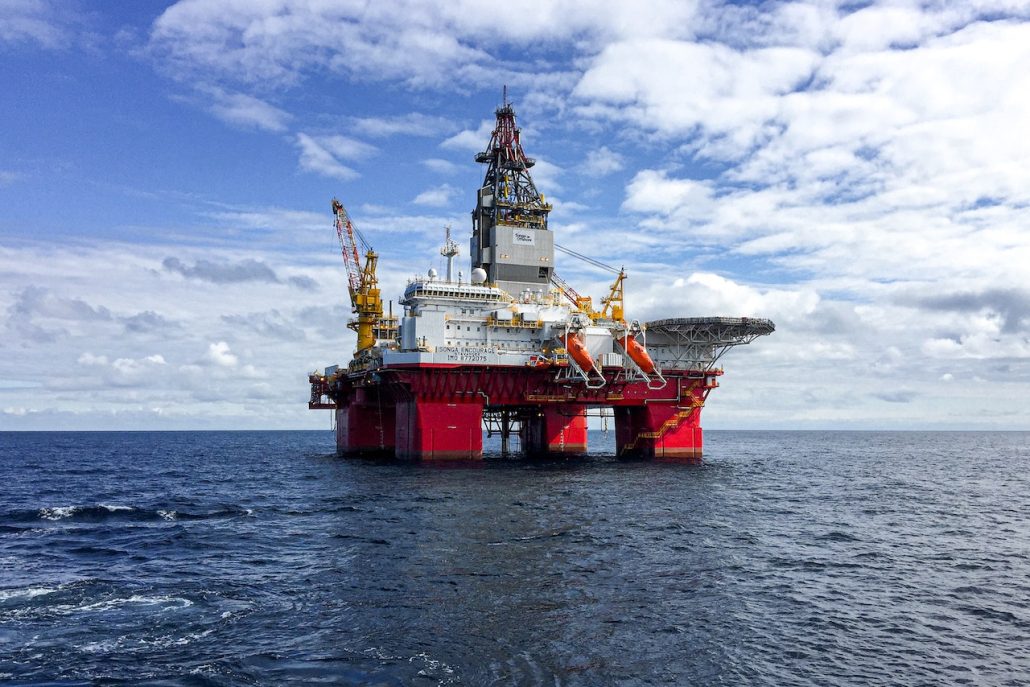How Offshore Wireline Lift Frames Improve Efficiency and Safety in Oil Rig Operations

Working on an oil rig is exciting and adventurous, but it also has its risks. Rig workers are exposed to dangerous machinery that can cause serious injury if not handled properly.
Increased Safety
In addition to reducing rig up time, offshore wireline lift frames enable safer operation by separating CT operations from drill floor operations. This allows the operator to carry out coiled tubing (CT), wireline, and E-line/slick line work separately, which helps reduce handshakes between crews on the drill floor. During a deepwater well intervention, wind, weather, and loop current impacts can cause vertical movement of equipment on floating platforms or riser-based subsea systems. This movement can impact, or even shut down, CT or wireline equipment. Motion compensation services counter this movement by stabilizing equipment.
Reduced Costs
Using offshore wireline lift frames to separate wireline operations from the rig drill floor saves time by shaving minutes and seconds throughout the lifting process. This means more work can be done in a shorter period, saving costs by reducing rig days for plug and abandonment operations.
Another way that offshore wireline lift frames reduce cost is by increasing the weather working window. Inclement weather often slows operations and increases downtime for offshore projects, especially with subsea well intervention and drilling equipmentoperations. Additionally, the CCTLF includes indicator-monitoring systems in the rig shack and deck that provide real-time data monitoring of exact tide strokes and fluid levels. This helps to keep the system in scope and eliminates downtime due to unexpected events, saving more rig days. This enables a higher volume of P&A operations to be completed with a smaller riser and lighter intervention vessel.
Increased Efficiency
Various activities rely on wireline tools and technologies to get information downhole. These services are critical in oilfield operations, from performing downhole directional surveys to firing perforated charges at precise locations. These activities are known as “well workover” or “well intervention.” This invasive well maintenance is performed to prolong, restore, or boost production. Well-intervention jobs can include fracturing rocks, expanding fissures, or opening new channels to wellheads. They may also include using explosive charges to fracture and expand casings or running perforating guns to punch holes in the well walls.
A Coiled Tubing Lift Frame (CCTLF) separates wireline operations from the drill floor, allowing for completing activities that require a safe weather working window without using a derrick. It features a motion-compensated design that reduces the risk of shear and flex while increasing operational flexibility and cost savings.
Reduced Downtime
Achieving production targets is only possible by ensuring the safety of rig employees. Proactive safety measures, such as implementing new technologies and training employees on proper safety protocols, reduce the risk of accidents and injuries that can lead to downtime in the field. AHC mode compensates for the actual wave height, meaning load-handling operations can be conducted in poor weather conditions. This helps avoid excessive tugging on the wire and lifting straps and prevents loads from colliding with the seabed or other objects. It also lets the crane land or lift off a load optimally to ensure minimal impact on vessel motions and operation times.











Leave a Reply
Want to join the discussion?Feel free to contribute!